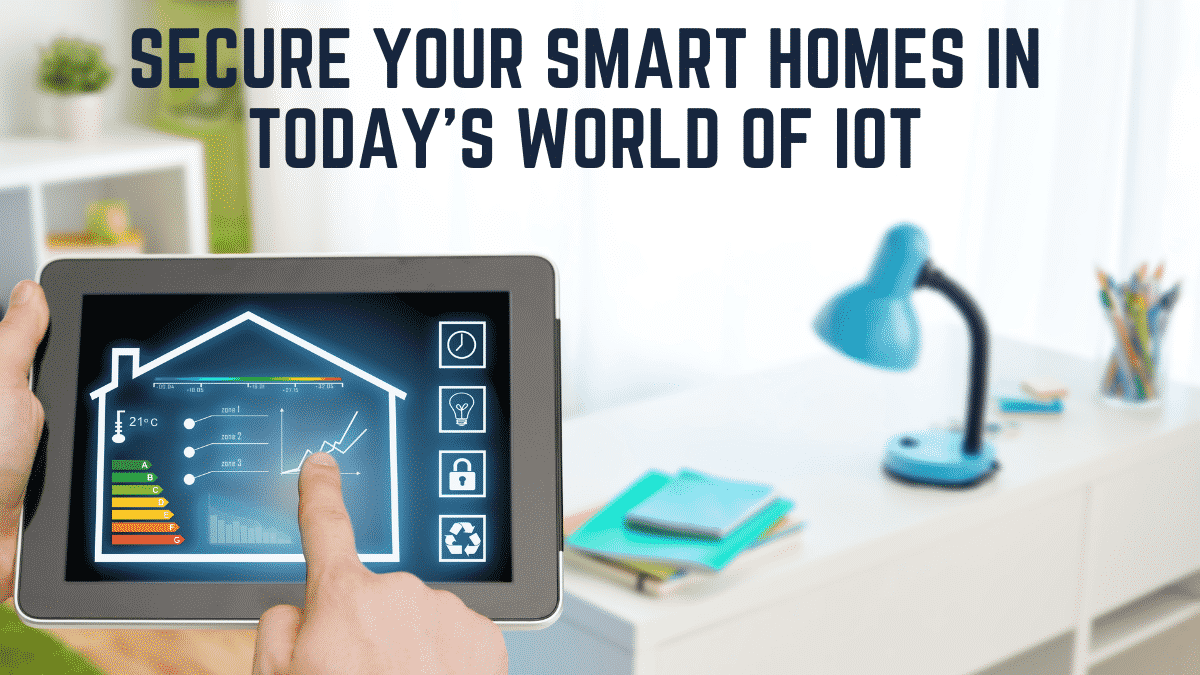Security controller ICs are also called embedded Secure Elements (eSEs). It is designed to provide smart home devices and tools to secure networks.
These integrated circuits provide a level of physical security by handling security functions in a device separated from the central application processor of the smart home device. Each contains secure storage in which arbitrary user data and encryption keys are either generated on the device or programmed into the device when they are created in a secure facility. In addition, the hardware is tamper-resistant, so trying to remove confidential information physically will destroy it.
Such electronic systems can hold secret keys for symmetric encryption schemes, create encrypted critical pairs for asymmetric encryption schemes, and create secure communication channels.
eSEs can be programmed at boot time with the credentials required to make secure connections to cloud servers automatically.
Successful security is about paying attention to detail – every detail. For example, eSE must protect the exchange of information with the host application processor using secure communication channels. For the second level of security, eSE can be given a single-use key that is used to “bind” the two parts together when the system first starts to exchange with the application handler.
eSE can generate cryptographic key pairs and random numbers, calculate cryptographic hashes, and directly handle various encryption and decryption types. Some security controllers are also designed for the future, supporting the key lengths to remain relevant as OEMs switch to more robust encryption schemes.
Security consoles with these features provide a solid foundation for building a secure “chain of trust” across smart home appliances and networks. Each security console can be given a unique identifier, user privacy, and encryption key. These devices are protected so that each device can be authenticated and private information is kept confidential. In addition, encryption keys and functions make it possible to create secure communication channels across the Internet and home networks, to protect data integrity and user privacy.
Smart homes can simplify your home life by automating all the essential functions in your home. However, this promise of greater convenience must go hand in hand with concerns about the security of devices and networks that enable them and the privacy of our lives captured by these systems. eSEs can provide the many building blocks needed to create and maintain the integrity and confidentiality of smart home devices and systems.

